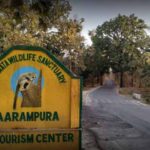Rajasthan is a safe haven for a wide and colorful range of wildlife. The landscape of Rajasthan broadly varies from the infertile arid wilderness, dense scrub-thorn woods, rocks and gorges to swamps and lush, very thick grassy woodlands. And each of these huge parts is a beautiful home for a big diversity of amazing endangered beasts and bird life. Some of them rare while some seriously scarce.
The state houses tigers, black bucks, chinkara, the sporadic desert fox, the greatly threatened caracal, the great Indian bustard, gavial, monitor lizard, wild boars, and porcupine. Exotic traveling birds like the common crane, ducks, coots, pelicans and the rare Siberian cranes, imperial sand grouse, falcons, buzzards herd to this land throughout the bitter chilly winter months. Large characteristic zones strongly demonstrating each of the ecologies have been reserved as vast singular wildlife extents. Rajasthan proudly lays claim to two National Parks, over a dozen Sanctuaries and two Closed Areas. Most of these wide expanses are open to tourists and guests ceaselessly around the year but remain shut temporarily through the rainy season.
Ranthambore National Park, Sawai Madhopur
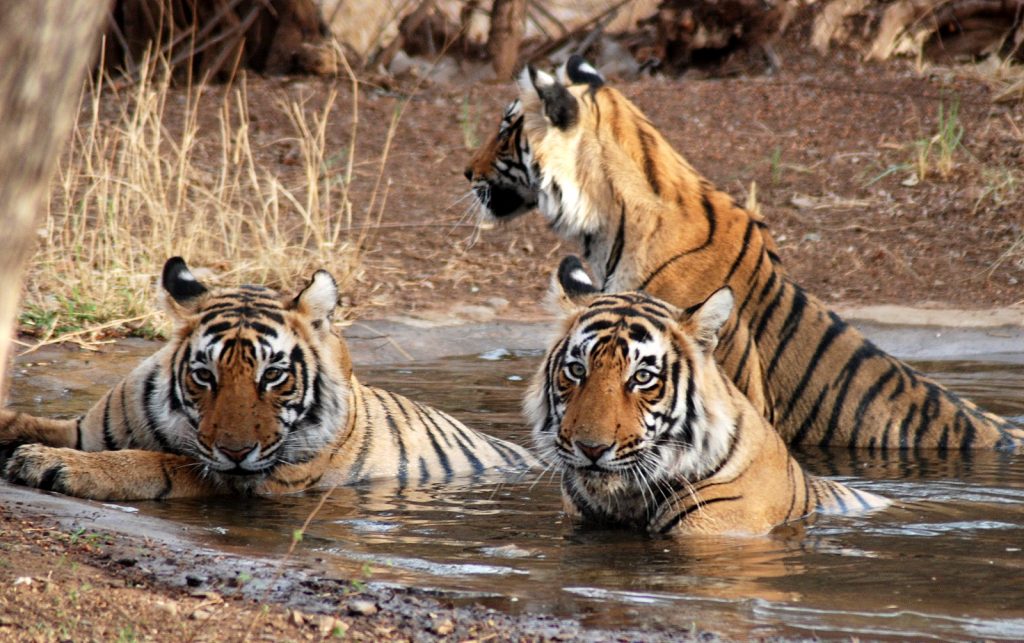
The Ranthambore National Park is one of the largest and most important national parks in the country. It is one of the most popular wildlife sanctuaries in Rajasthan. It is situated in the Sawai Madhopur district in Rajasthan.
The Ranthambore National Park was originally established as the Sawai Madhopur Game Sanctuary in 1955 by the Indian Government and was brought under the Project Tiger scheme in 1973. It was declared as a National Park in 1980.
The adjacent forests of the sanctuary were declared as the Sawai Man Singh Sanctuary and Keladevi Sanctuary. In 1991, the Tiger Reserve was expanded by merging the nearby sanctuaries, and thus the Ranthambore National Park was formed.
The Ranthambore National Park is best known for its tiger population. The tigers can be easily spotted in the park. The best time to visit the park is in the months of November and May as the foliage gives way to good sighting opportunities of these majestic animals in their natural habitat.
The park is situated on a plateau and is bound by the rivers Chambal and Banas on either side. The majestic Ranthambore Fort is also situated within the limits of the Ranthambore National Park. The national park abounds in wildlife and is home to a large number of species including chitals, sloth bears, hyenas, sambars, wild boars, nilgai, leopards and tigers.
CHECK OUR INDIA TOUR PACKAGES
Sariska National Park, Alwar
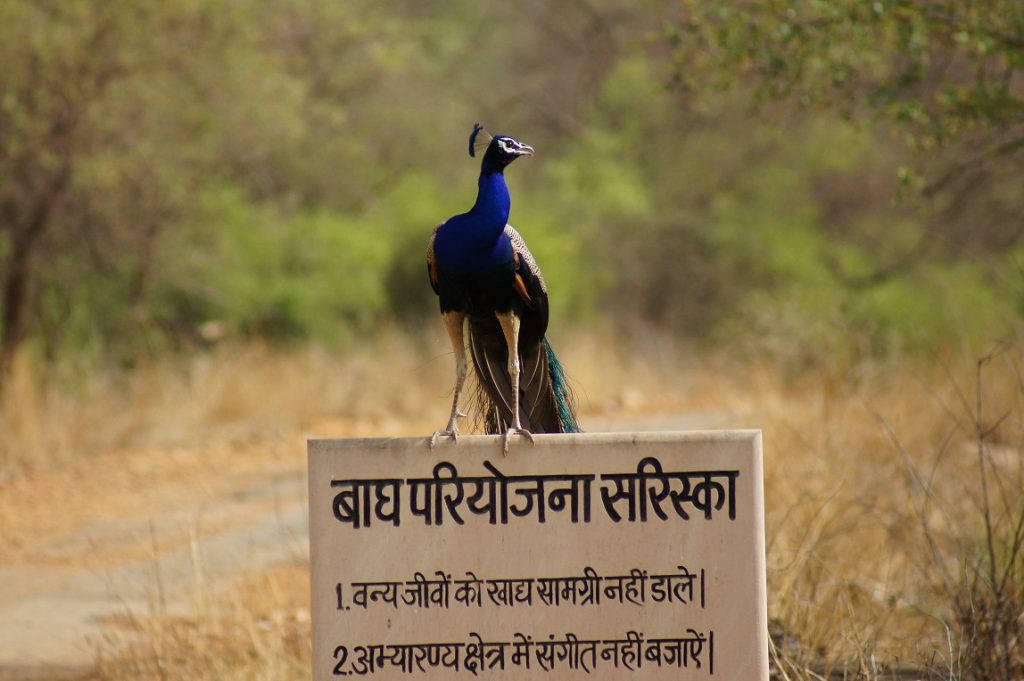
The Sariska Tiger Reserve is situated in the Alwar district in the state of Rajasthan and is one of the important national parks in Rajasthan. It was the hunting grounds of the State of Alwar. The sanctuary was declared as a Wildlife Reserve in 1955 and was brought under the Project Tiger scheme in 1978.
The vegetation in the Sariska Tiger Reserve comprises of dry deciduous forests, scrub thorn and grasses. The park is spread over 866 square kilometres and is situated at a distance of 107 km from Jaipur and 200 km from Delhi. The Sariska Tiger Reserve is a part of the Aravalli Range and is rich in minerals such as copper.
The most attractive feature of the Sariska Tiger Reserve is its population of Royal Bengal Tigers. It is home to a large number of wild animals including Rhesus monkeys, Hanuman langurs, hares, wild boars, chousingha or the four horned antelope, chinkara, nilgai, sambhar, golden jackals, striped hyenas, caracal, jungle cats and leopards.
It also has a significant number of bird species such as the Great Indian Horned Owl, crested serpent eagle, golden backed woodpecker, tree pie, sand grouse, bush quail, grey partridge, peafowl, and more. The reserve also boasts of some great historical sites such as the Kankanwadi Fort, the Pandupol Hills, the Hanuman Temple on the Pandupol Hill, among others.
The Sariska Tiger Sanctuary is also the first ever Tiger Reserve in the country where tiger relocation and rehabilitation has been carried out successfully. The declining number of tigers in the Sariska Tiger Reserve was confirmed in a report by a leading journalist in 2005.
The reporter in his story claimed that there were no tigers left in the reserve. This led to a series of investigations by the authorities and on learning that the report was indeed true, efforts were made to relocate tigers. Three tigers were reintroduced into the Sariska Tiger Reserve. The number has now grown to a total of seven with five adults.
CHECK OUR INDIA WITH NEPAL TOUR PACKAGES
Keoladeo Ghana Bird Sanctuary , Bharatpur
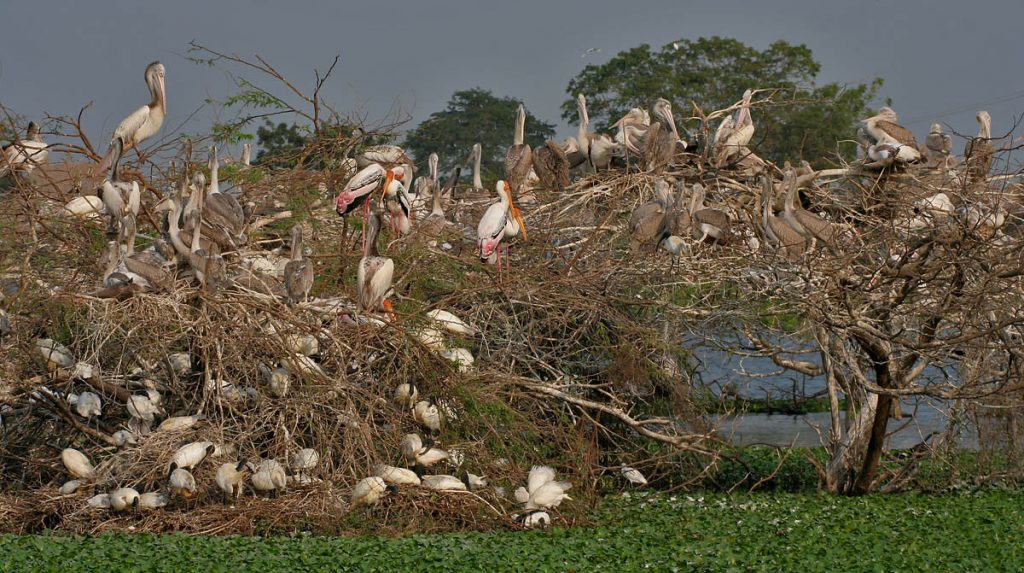
The Keoladeo Ghana National Park was formerly known as the Bharatpur Bird Sanctuary. The sanctuary is home to a large number of migratory birds during the hibernal season and is a very popular tourist place in Rajasthan.
The bird sanctuary, which attracts a large number of ornithologists from all over the country and the world during the migratory season, plays home to as many as 230 avian species.
In 1971, the park was declared as a protected zone and was later included in UNESCO’s list of World Heritage Sites. The bird sanctuary is a man-made wetland and an important national park of Rajasthan.
The national park is of much importance, geographically, as it protects the town of Bharatpur from flooding during flash floods and also provides grazing grounds for the village cattle. In earlier days, the place served as waterfowl hunting grounds.
The bird sanctuary is home to 379 floral species, 366 bird species and several animals. The sanctuary is one of the richest areas of avian habitation in the world. The sanctuary came into existence about 250 years ago and is named after the Keoladeo Temple situated within its premises.
The Keoladeo Ghana National Park is one of the best birding areas in the world and receives as many as 1,00,000 visitors every year. Out of these, about 45,000 are foreigners. It is a very popular tourist destination in Rajasthan and for this reason, accommodation facilities have also been arranged in and around the sanctuary.
CHECK OUR SUMMER TOUR PACKAGES
Desert National Sanctuary, Jaisalmer
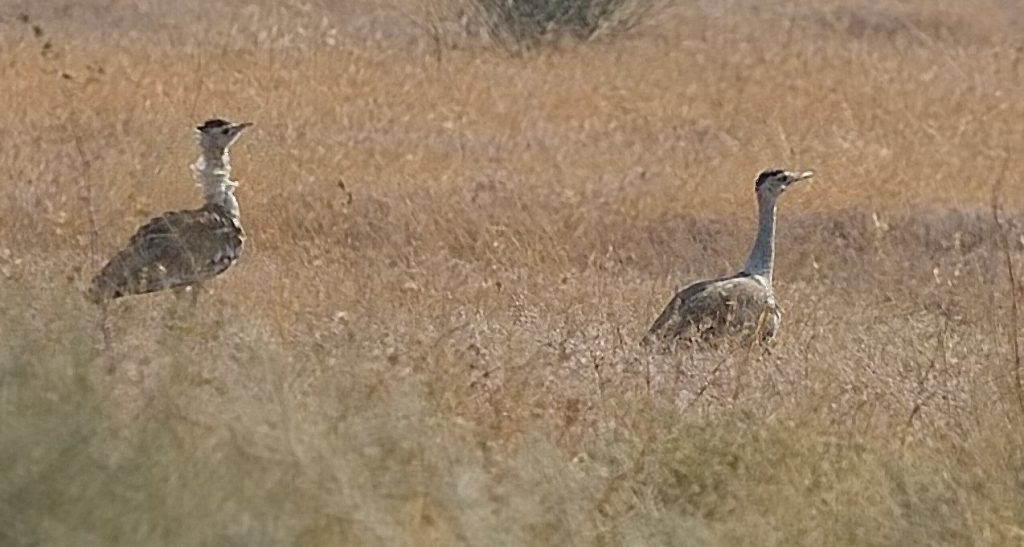
The Desert National Park is one of the important national parks in Rajasthan and is situated near the town of Jaisalmer. Sprawling over an area of 3162 square kilometres, the national park is one of the largest national parks in the country.
The unique landscape of the national park is one of the greatest attractions for tourists from all over the world. Almost 20 per cent of the park is constituted of sand dunes. The rest of the landmark comprises of fixed dunes, intermedial areas, salt lake bottoms and craggy rocks. It is an excellent example of the desert ecosystem.
Despite the landscape, the national park abounds in birdlife. The most commonly sighted birds in the national park include the endangered Great Indian Bustard, sand grouse, kestrels, laggar falcons, spotted eagles, tawny eagles, short toed eagles, vultures, buzzards, falcons, harriers and eagles.
The Desert National Park also has an impressive collection of plant and animal fossils which are as old as 180 million years. The most suitable time to visit the Desert National Park is between November and January. The most commonly sighted wild animals in the national park include chinkara, black bucks, hedgehogs, wolves, desert cats, Bengal foxes and desert foxes.
The most important attraction of the national park is the Great Indian Bustard, which is a magnificent bird found in very few numbers. The bird is brown and white in colour, measures about one metre in height and has long legs and neck.
Some of the other attractions near the Desert National Park are the Sam Sand Dunes located near the Thar Desert and the Gadsisar Sagar Tank. The Gadsisar Sagar Tank is one of the most popular tourist places in Rajasthan. A large number of migratory birds visit the lake during the winters every year. Tourists can also enjoy jeep safaris to explore a larger part of the area.
CHECK OUR TAJ MAHAL TOUR PACKAGES
Kumbhalgarh Wildlife Sanctuary, Kumbhalgarh
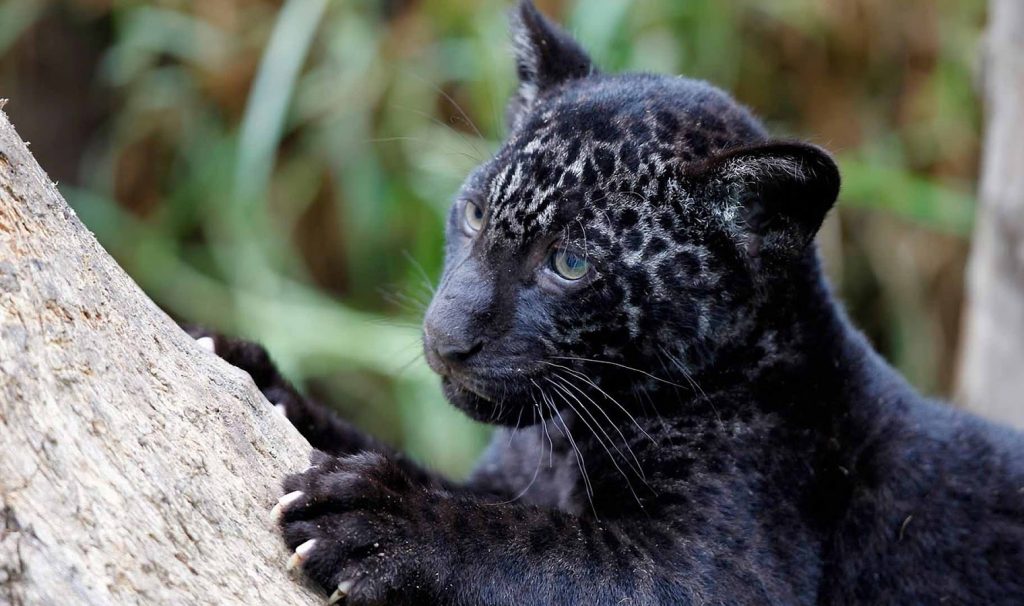
The Kumbhalgarh Wildlife Sanctuary is situated in the Rajsamand district of Rajasthan. The sanctuary is one of the most famous wildlife sanctuaries in Rajasthan.
Sprawling over an area of 578 sq km, the sanctuary surrounds the Kumbhalgarh Fort. Situated at an elevation of 500 to 1300 metres, the sanctuary is home to a large variety of wildlife, some of which are highly endangered species. Some of the animals that inhabit the sanctuary include hares, chinkaras, four horned antelopes, nilgai, sambhar, jungle cats, hyenas, sloth bears, leopards and wolves.
The sanctuary also abounds in birdlife and some of the birds that can be easily spotted here include grey jungle fowl, peacocks, doves, white breasted kingfisher, bulbuls, pigeons, golden oriole, and parakeets.
The natural grandeur of Kumbhalgarh is the most attractive feature about the sanctuary. Its scenic beauty attracts tourists and travellers from all over the country and the world. It is situated at a distance of about 100 km from Udaipur and this makes the sanctuary an extremely popular tourist place.
Visitors can enjoy foot tracking and horse safaris in the sanctuary, arranged by local tour operators. The route for safaris starts from the Kumbhalgarh Fort and continues till Ghanerao. On an abandoned road near Ghanerao, visitors can spot several bird species, four horned antelopes, chinkaras and neelgais.
CHECK OUR LUXURY INDIA TOUR
Tal Chhapar Sanctuary, Shekhawati
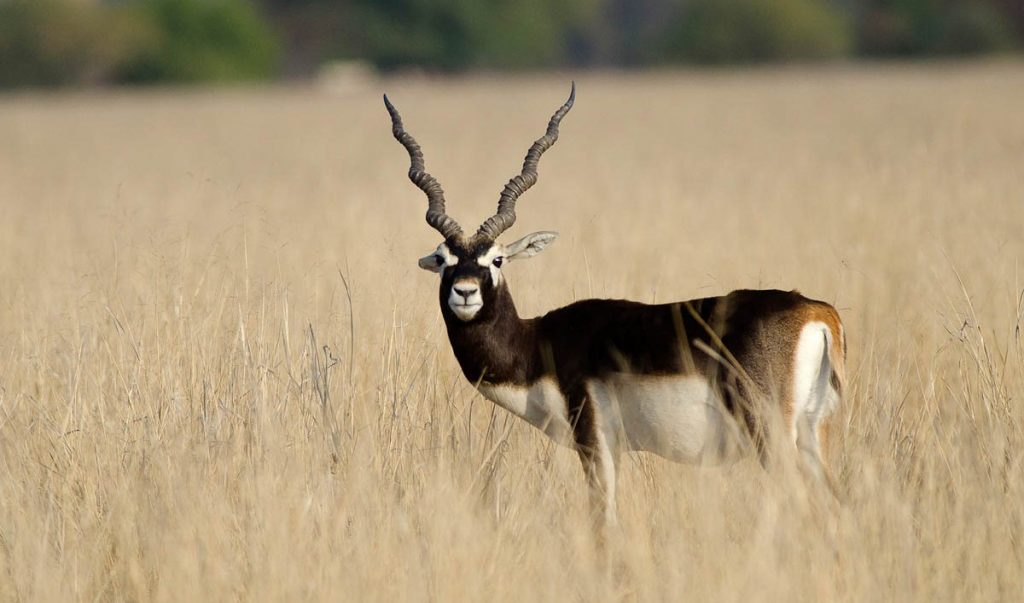
Tal Chhapar Wildlife Sanctuary is located on the borders of Thar Desert. The word ‘Tal’ appropriately means open and flat land. Extending out over an area of 1334 sq km, a humble house to an amazing diversity of wild birds, the Tal c is extensively famous for Black Bucks. The Tal Chhapar Wildlife Sanctuary more often than not remains enclosed by green lawns; trees are seen rarely in this large area .
CHECK OUR INDIA BEACHES TOURS





